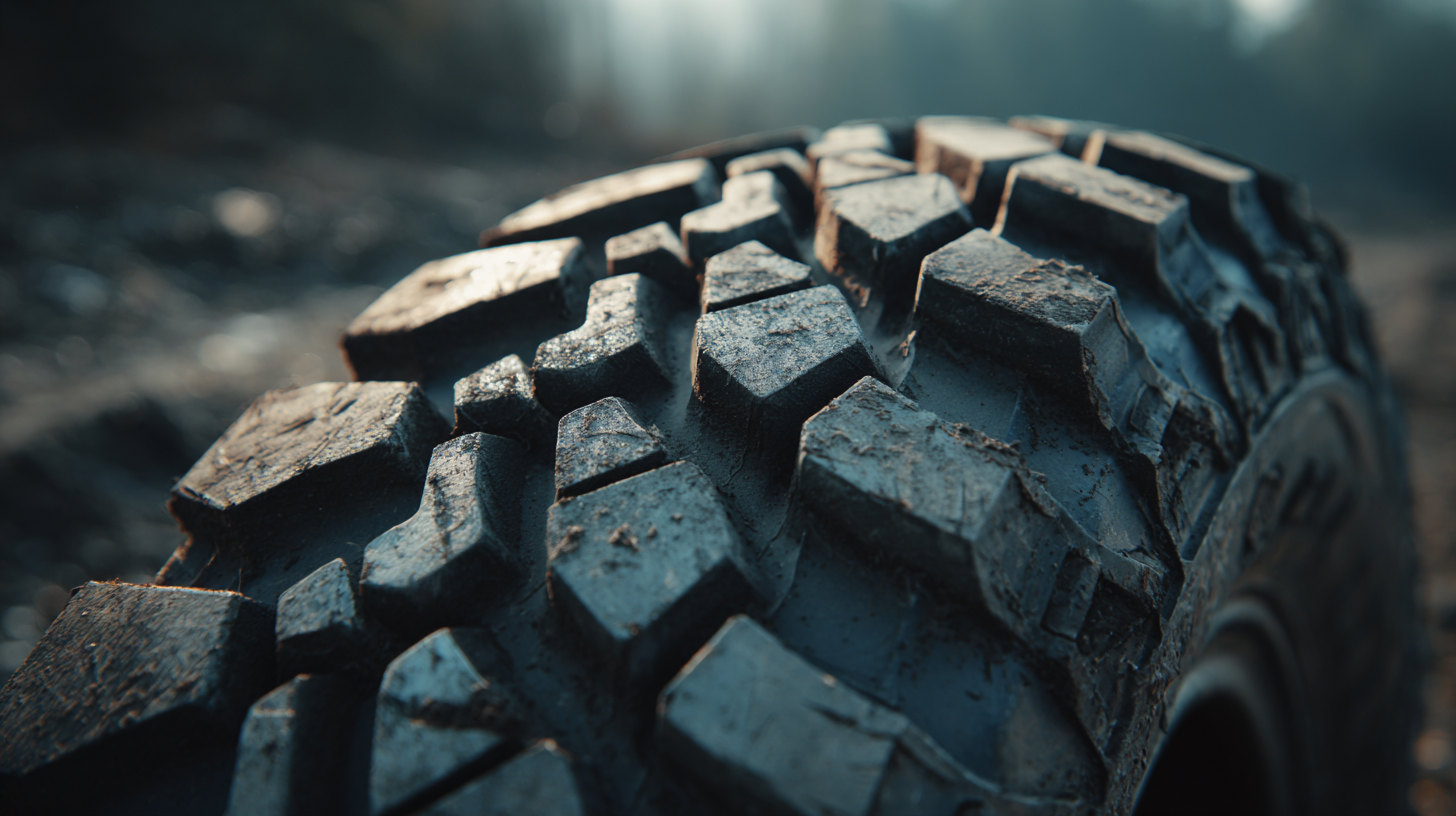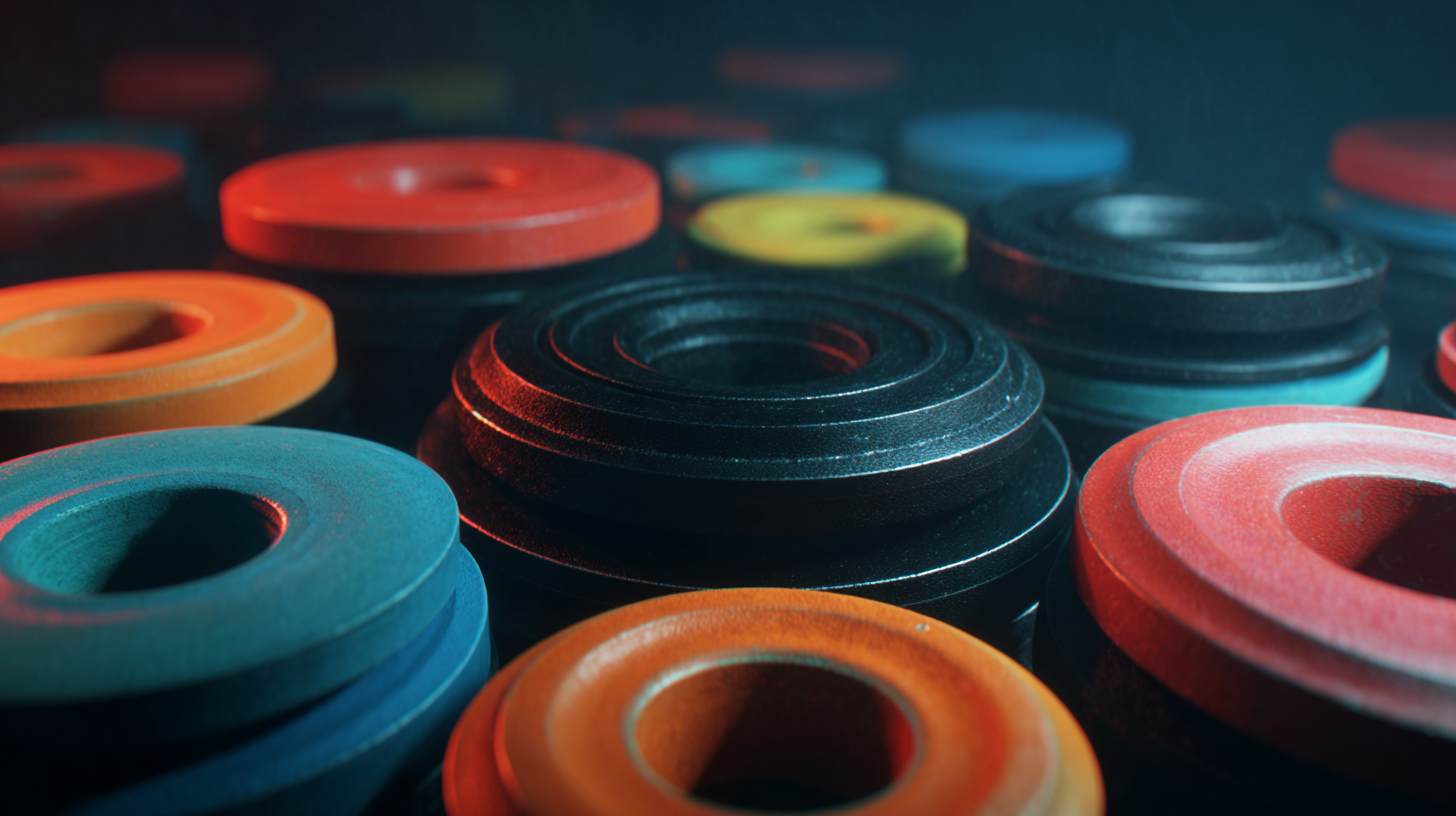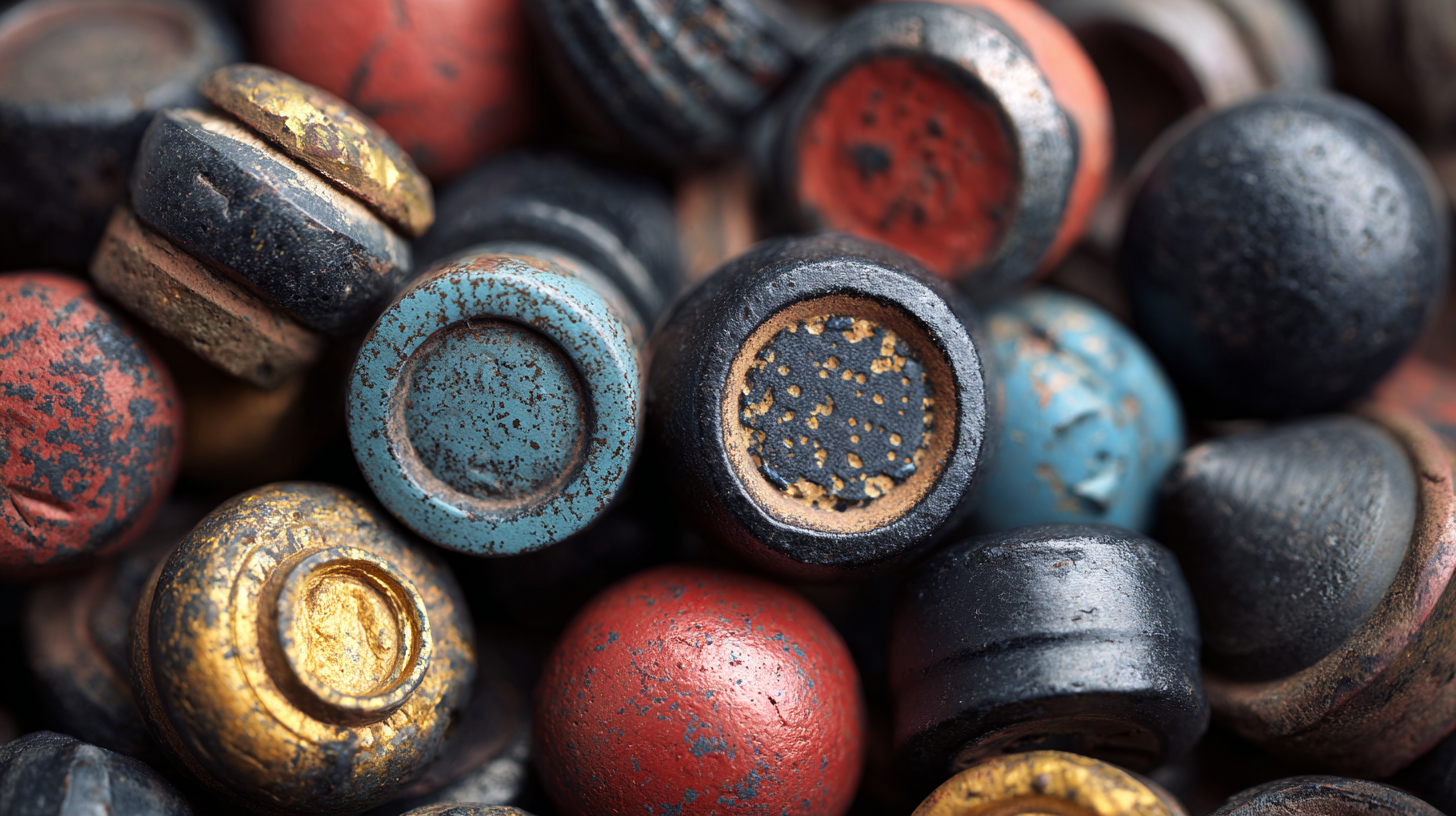Get a custom solution for free
-
Phone
-
E-mail
-
Whatsapp
-
Wechat


In the ever-evolving automotive and industrial sectors, the demand for high-quality components is paramount, with Rubber Bump Stops taking center stage as a critical element in ensuring vehicle stability and performance. According to a recent industry report by Research and Markets, the global rubber products market is projected to reach USD 320 billion by 2026, with a significant portion attributed to components like Rubber Bump Stops that enhance safety and comfort in vehicles. These components are designed to absorb shocks and limit the upward travel of suspensions, thus extending the lifespan of both vehicles and their parts. As leading manufacturers globally, notably those in the top rankings, strive to meet increasing consumer and regulatory demands, selecting the right Rubber Bump Stops has never been more vital for both consumers and industry professionals alike. This guide aims to navigate through the essential considerations and specifications to help you make an informed choice tailored to your specific needs.

When selecting the best rubber bump stops for your specific needs, understanding the key technical specifications is essential. First and foremost, the durometer rating is significant, as it measures the hardness of the rubber material. A lower durometer indicates a softer bump stop that can absorb more impact, making it beneficial for applications requiring more cushioning. Conversely, a higher durometer provides firmer support, which is ideal for heavy-duty uses where stability is a priority.
Next, consider the compression and rebound characteristics of the bump stops. These traits dictate how the rubber responds under load and how quickly it returns to its original shape after compression. Users should assess their operational environment; for instance, if your application experiences frequent shocks or vibrations, selecting bump stops with excellent rebound properties will ensure more effective energy absorption and longevity. Additionally, attention should be paid to the shape and size, as these factors influence the overall fit and performance within the vehicle or machinery system. Opting for custom solutions might also be worthwhile if standard options do not meet particular requirements.
When it comes to selecting rubber bump stops, understanding the different types and their unique applications is essential. Rubber bump stops are utilized in various automotive functions, serving as cushioning elements that absorb shocks and reduce impact. From standard rubber designs to advanced composite varieties, each type has its specific advantages depending on the vehicle's needs. For example, traditional rubber bump stops are reliable and cost-effective, making them a favorite for everyday vehicles. Meanwhile, modern composite bump stops offer increased durability and weight savings, making them ideal for high-performance and off-road applications.
Recent innovations, such as 3D-printed bump stops tailored for 4x4 vehicles, demonstrate the evolving landscape of bump stop technology. These high-performance components not only enhance vehicles’ handling but also provide tailored solutions for off-road enthusiasts. As the automotive industry embraces cutting-edge manufacturing techniques, including additive manufacturing, the variety of bump stops available continues to expand, allowing users to choose options that best align with their specific driving conditions and performance requirements. Selecting the right type of bump stop can significantly improve vehicle stability and longevity, making it an important consideration for both casual drivers and dedicated off-roaders.
| Type of Rubber Bump Stop | Material | Common Applications | Benefits | Load Capacity (lbs) |
|---|---|---|---|---|
| Conical Bump Stops | Natural Rubber | Automotive Suspension | Shock Absorption | 1,200 |
| Flat Bump Stops | EPDM Rubber | Industrial Equipment | Durability | 2,000 |
| Dome-Shaped Bump Stops | Nitrile Rubber | Heavy Machinery | High Flexibility | 2,500 |
| Square Bump Stops | Polyurethane | Motorcycles and ATV’s | Impact Resistance | 1,800 |
| Hydraulic Bump Stops | Silicone Rubber | Automotive Shock Absorbers | Temperature Resistance | 3,000 |
When selecting bump stops for your vehicle, precise measurements are crucial to ensure a perfect fit. Start by measuring the space where the bump stops will be installed. Use a tape measure to determine the distance from the axle to the frame or suspension arm when it’s fully compressed. This measurement will help you identify the right length for your bump stops, allowing for optimal performance without compromising your vehicle’s functionality.
Tip: Always take into account added weight from modifications such as aftermarket bumpers or cargo. This could affect the suspension dynamics and may require taller bump stops to accommodate the extra load.
Next, consider the diameter of your bump stops. They should fit snugly into their mounting brackets without excessive play. Measure the diameter of the mounting holes or brackets to find a suitable match. If you’re upgrading, check whether the new bump stops align with your vehicle's existing hardware.
Tip: When in doubt, consult product specifications or seek advice from professionals to avoid any compatibility issues. Proper installation of the right bump stops can significantly enhance ride quality and ensure that your vehicle performs at its best.

When it comes to selecting rubber bump stops, understanding durometer ratings is crucial for achieving optimal performance. Durometer measures the hardness of rubber materials on a scale, typically ranging from 0 to 100. Choosing the right durometer rating can significantly affect how your bump stops absorb shock and respond to different driving conditions. For instance, a lower durometer rating (around 40-50) offers greater flexibility and softer compression, making it ideal for applications where comfort and flexibility are priorities. Conversely, a higher rating (70-90) provides firmer support and is suitable for high-performance applications requiring minimal compression under load.
It's essential to evaluate your specific needs when selecting bump stops. Consider factors such as the intended use of your vehicle, the type of terrain you'll encounter, and the overall suspension setup. If your vehicle is primarily used for off-road adventures or heavy loads, opting for a firmer durometer rating ensures better stability and resilience against bottoming out. Alternatively, for daily drivers focused on comfort and ride quality, a softer rating might be more beneficial. Ultimately, the right durometer rating will not only enhance your vehicle's performance but also contribute to a smoother driving experience tailored to your requirements.
When it comes to installing rubber bump stops, following the best practices is essential for achieving optimal performance. First, ensure that you clean the area where the bump stops will be installed. Any dirt or debris can affect the adhesion and overall effectiveness of the bump stops. Additionally, choose a high-quality adhesive that is suitable for both the material of the bump stop and the surface it will bond to. This will guarantee a long-lasting installation.
Another crucial tip is to carefully measure the distance and alignment before securing the bump stops. Proper placement can significantly enhance the performance of your suspension system, as it helps to absorb shocks more efficiently. Always refer to the manufacturer's specifications for guidance on the correct positioning and spacing, as this can vary depending on the application.
It’s also recommended to regularly inspect the bump stops after installation. Look for signs of wear or damage that could compromise their functionality. Performing routine maintenance will help you catch potential issues early and ensure that your bump stops continue to provide effective support for your vehicle.

